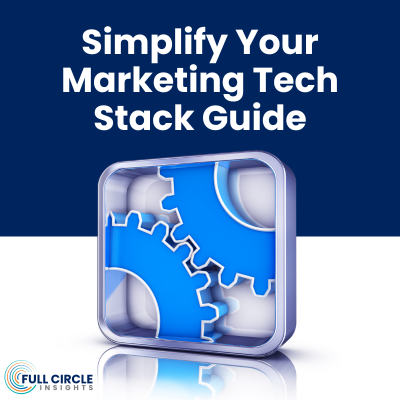
If improving traffic for your website is on your 2020 to-do list, now is the perfect time to review your search engine optimization (SEO) strategy. Are you using the right keywords? Is your site contributing as much as it can to the marketing and sales funnel?
These are foundational questions for any business, and one factor to keep in mind from an SEO perspective is that the indexing strategies and algorithms that produce search engine rankings change over time, so it’s important to make sure your site is optimized for current standards.
For example, Google recently started evaluating the mobile version of sites first, so it’s critical to make sure your mobile site is optimized. Another recent change is that there’s now a greater emphasis on the images displayed on sites and page loading speed.
We recently sat down with Derek and Sarah Schwitters, the digital marketing gurus who founded the Lodestar Marketing Group, to talk about how B2B companies can use SEO to improve their marketing and sales funnel in 2020. Here are some of the tips they shared:
1. Factor in organic search volume and competitiveness when choosing keywords.
This is basic, but it’s worth revisiting, even if you have a long established site, since search behavior changes over time (more on that in a moment). Look at organic search volume to see what keywords people use to find you, then assess your competitors’ search rankings in the context of keywords.
The classic example here is “attorney” vs. “lawyer.” Maybe more people search for “lawyer,” but if your site is 10 pages deep in search results for “lawyer” but appears on the third page for “attorney,” that latter gives you a better chance at breaking into the top results.
2. Talk to your salespeople.
Since your sales team has more contact with prospects, they’ll have a better idea of the lingo used in the industry you’re trying to reach. Touch base with sales to make sure your site reflects language people actually use instead of industry buzzwords.
For instance, say your company sells big data solutions. Potential customers aren’t saying, “Alexa, where can I buy big data solutions?” They’re more likely to ask something like, “Where can I store a petabyte of scientific data?” Ask sales colleagues what questions they get asked and go from there.
3. Pick one keyword per page and keep hierarchies in mind.
Once you’ve figured out which words resonate, keep pages focused and logical. Make sure the content is consistent, from the page URL to metadata to image descriptions to headings/subheadings to links to the body copy itself.
Pages are evaluated by rules-based AI, so be consistent. For example, when search engines analyze your “Marketing Analytics” page, they’ll count the number of times those words appear in the copy, tags, headings, links, etc. The goal is to achieve a balance that provides a great user experience, not to maximize keyword density, which looks spammy.
4. Evolve your SEO strategy with topic clusters.
Keywords are important, but because user search behavior has changed, your site’s SEO strategy has to keep up. Using topic clusters is a popular and effective approach that can help you evolve. It’s a strategy based on how people search for goods and services today as opposed to 15 years ago.
Instead of assuming people will type or say, “San Francisco sporting goods” when looking for a place to buy soccer equipment, an architecture based on topic clusters is optimized for questions like, “Where can I buy a soccer ball?” Search engines are better at recognizing user intent now, so topic cluster-based site architecture makes it easier for search engines to discover relevant content.
5. Use subfolders to make tracking easier.
Speaking of architecture, it’s really important to create subfolders on your site to make tracking SEO results easier. For example, this article is on the fullcircleinsights.com domain under the blog subfolder: fullcircleinsights.com/blog/. The pages for products, solutions, etc., are also arranged by subfolder.
This architecture makes tracking search results simpler since you can attribute traffic to specific subfolders. Some sites use subdomains. If this blog article were in a subdomain rather than a subfolder, it might look like this: blog.fullcircleinsights.com. In some circumstances, it makes sense to use a subdomain, but for SEO purposes, subfolders make tracking results easier.
So, if you’re ready to give your SEO strategy a makeover in 2020, keep these five tips in mind. A better SEO strategy can feed your marketing and sales funnel all year long and help you maximize marketing’s contribution to revenue.
Learn More about the Digital Source Tracker
Performance-driven marketers need to measure digital marketing effectiveness in order to evaluate how and where to best spend marketing dollars. The Full Circle Digital Source Tracker will help with this.




